Don’t make the mistake of stopping cold turkey
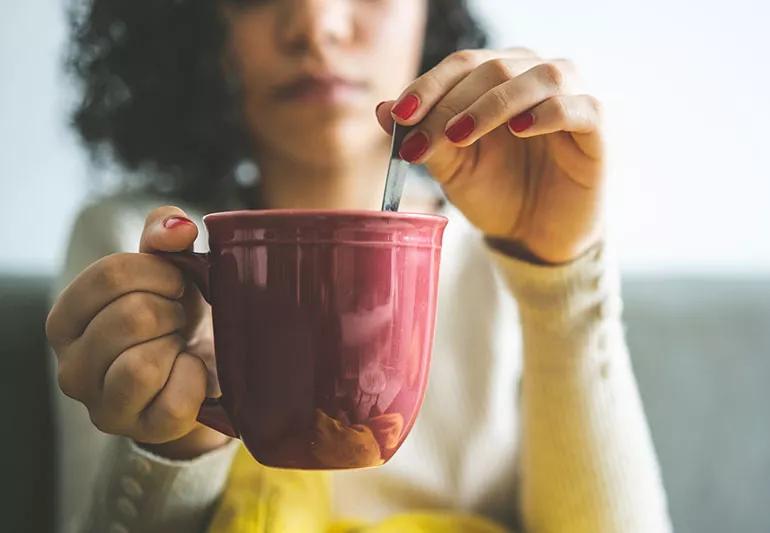
Coffee, tea, soda, energy drinks — caffeine comes in a variety of forms, but they all have one important thing in common: The caffeine in them can be incredibly difficult to quit.
Cleveland Clinic is a non-profit academic medical center. Advertising on our site helps support our mission. We do not endorse non-Cleveland Clinic products or services. Policy
If the best part of waking up is all that caffeine in your cup, it may be time to scale back.
Caffeine is considered a stimulant. The white bitter substance, which is found naturally in more than 60 plants, passes into your bloodstream from your stomach and small intestine. Once in your bloodstream, caffeine stimulates your central nervous system — your nerves, brain and spinal cord — to make you feel more awake and alert.
If you’re wondering how to quit caffeine (or tried in the past), you know you may experience a headache. That’s because your body is used to having caffeine every day.
The key is to cut down slowly on the amount of caffeine in your diet. Don’t make the mistake of stopping totally abruptly. By doing so, you’ll likely experience withdrawal symptoms like headache, nausea, tiredness, muscle pain, irritability and difficulty concentrating.
And you may be tempted to go back to drinking coffee or soda or may think about taking a headache medication with caffeine in it to make your symptoms disappear. And if you do that, the dependency cycle all over again. Avoiding the withdrawal symptoms is one of the most common reasons why people continue their caffeine habit.
Registered dietitian Beth Czerwony, RD, LD, talks about safely scaling back your caffeine consumption and how to do so without getting a headache or other caffeine withdrawal symptoms.
We tend to turn to caffeine to keep us awake and help us concentrate. It can increase your energy and decrease your fatigue.
And although caffeine is generally considered safe, consuming as little as 300 milligrams per day can increase your risk of negative side effects, including:
The more caffeine you consume, the more likely you are to experience negative side effects, including neurologic and cardiac issues and even death.
And even people who are drinking safe amounts of caffeine may be doing so for unhealthy reasons.
“Any time you’re trying to manage stress with a substance, that’s something to pause and think about,” states Czerwony.
The U.S. Food and Drug Administration (FDA) says healthy adults should have no more than 400 milligrams of caffeine per day, which amounts to four or five cups of coffee. But the American Medical Association Council on Scientific Affairs recommends no more than 250 milligrams (or about three cups of coffee) per day.
“If you’re doing a cup of coffee every morning, it’s not that big of a deal,” notes Czerwony. “But if you’re doing espressos every day throughout the day, that’s more of a problem.”
If you’re pregnant, you’ll want to be even more careful with your caffeine. The American Pregnancy Organization recommends you limit your caffeine intake to 200 milligrams a day (including food with caffeine). And children and adolescents should stay away from caffeine and other stimulants entirely.
So, how long is caffeine in your system? The effects of caffeine can be felt as soon as 15 minutes after it’s consumed. The level of caffeine in your blood peaks about one hour later and stays at this level for several hours for most people. Six hours after caffeine is consumed, half of it is still in your body. It can take up to 10 hours to completely clear caffeine from your bloodstream.
Is coffee addictive?
Your body can have a dependence on caffeine, but it’s not technically an addiction. It raises dopamine, but the level is small. Illegal stimulants like methamphetamine (“meth”) and MDMA (“ecstasy” or “molly”) cause a huge surge that messes with the reward circuits in your brain. You get “addicted” to ecstasy and “dependent” on caffeine.
Caffeine withdrawal is exactly what it sounds like — withdrawal from a substance.
“Your body is literally going through withdrawal symptoms, as if you were coming off of any other substance,” Czerwony explains. “Because it affects the central nervous system, you’re going to get shaky, irritable and headachey.”
To avoid these undesirable side effects, including the agonizing headaches associated with withdrawal, go slowly and don’t expect to give up your caffeine habit overnight.
In fact, quitting caffeine cold turkey can actually further your reliance on it.
Caffeine acts as a vasoconstrictor, which can help relieve headache pain, making it an ingredient in many over-the-counter pain relievers. So, taking a caffeine-laden painkiller for your caffeine withdrawal headache will help your pain but will only continue your caffeine dependence.
“You’re not really helping yourself — you’re just feeding your dependency in a different way,” clarifies Czerwony. “Instead, you want to start weaning yourself down.”
If you’re taking a prescription medication that includes caffeine, speak with your healthcare provider about the possibility of alternatives — but know that they may not be an option. If not, you’ll have to reduce your caffeine intake in other ways.
If you’re trying to quit your caffeine habit and want to avoid that dreaded headache, here’s where you can start.
Before you make moves to quit, assess your current caffeine intake: How much are you actually having each day? Figure out how much caffeine is in the beverages you drink, then think about where you can cut back.
“So many people tell me they can’t sleep at night if they drink coffee after 2 p.m.,” relates Czerwony. “So, this step is really about assessing how caffeine is affecting and interfering with your everyday activities.”
Although caffeine amounts depend on what you’re drinking — and not just what kind of drink but what brand — these estimates can guide you in your assessment:
But it’s not only about what you’re drinking. Caffeine also lurks in foods such as chocolate and coffee-flavored ice cream, as well as in many pre-workout powders, protein drinks, water flavor enhancers and even medications.
“It’s very important that you read the labels and be observant of what those labels are telling you,” Czerwony advises.
Another key to beating caffeine withdrawal symptoms is water, water, water. And staying hydrated will energize your body, which may negate the need for caffeine in the first place.
“People often drink caffeine because they can’t seem to stay awake, but dehydration is often the reason they don’t have energy to begin with,” Czerwony explains. “If you can get hydrated, you’re going to perk up and not need that caffeine as much.”
Set a time by which you stop your caffeine intake each day. Medical professionals recommend 2 p.m., so as not to interfere with your sleep.
“Setting a time limit is helpful to allow adequate time for the caffeine level to decrease and allow your body to relax and allow you to get to sleep,” says Czerwony.
Start with small changes. If you usually drink dark roast coffee, switch to a light roast, to start. If you usually drink black tea, try green or white tea instead.
According to Czerwony, “By decreasing lower caffeine drinks, you will be able to curb your caffeine intake by slowly weaning and allowing your body to get used to the lower levels over time without having the side effects previously mentioned,”
If you typically drink espressos, which have more caffeine than other caffeinated drinks, start by cutting it with half or even a quarter of decaf coffee. Then, every few days, cut it down further, slowly reducing your intake over time.
Studies have found that dark-roast coffee beans tend to contain slightly less caffeine than light roast coffee beans. “However, that’s mostly due to the volume of the beans. When the two roasts are compared by weight, the difference is negligible,” clarifies Czerwony.
If you delve deeper into your own psychology to identify your consumption habits, you may find that the caffeine itself isn’t as important to you as the feeling of consuming it.
Consider how you can maintain your caffeine routines in caffeine-free ways:
“It’s important to look for caffeine-free options if you’re trying to decrease overall caffeine intake to allow yourself to stay hydrated and decrease the amount of stimulants you’re adding to your body,” encourages Czerwony.
As with any substance, caffeine can be tough to quit — but maybe not as tough as you may think.
“If you’re trying to hit the reset button on your health,” Czerwony says, “cutting down on the caffeine while increasing water take is one of the simplest and most beneficial things you can do for yourself.”
Learn more about our editorial process.
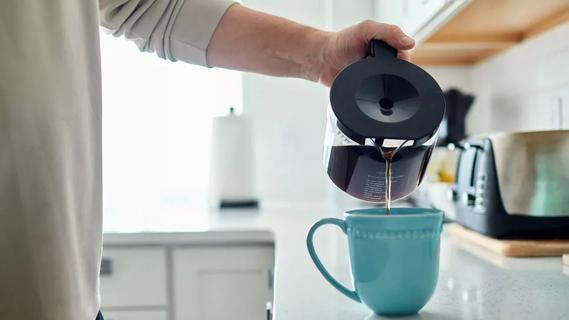
It’s all about the amount — try to stick to 100 to 150 milligrams a day to reduce and prevent a pounding, throbbing head
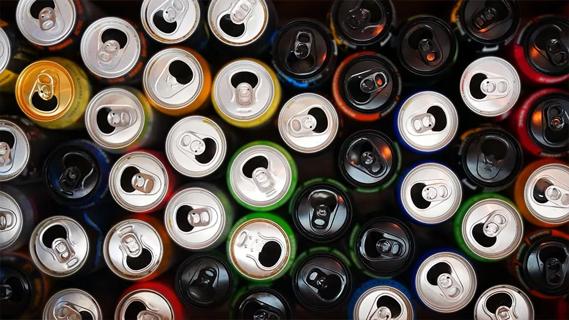
Regularly drinking these sugar-fueled, stimulant-laden beverages can increase your risk of adverse health effects
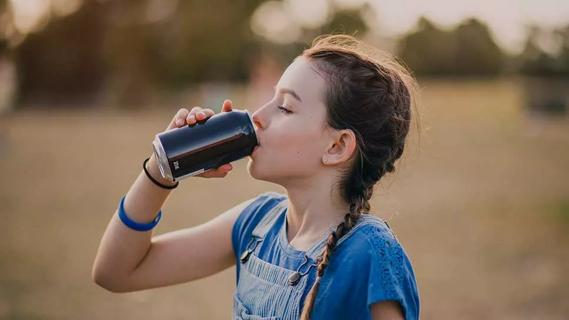
No amount of caffeine is safe for kids under 12, and kids 12 to 17 should be cautious about how much they consume

Depending on your sensitivity to caffeine, a late-night cup may be just fine

A little can help, too much can hurt
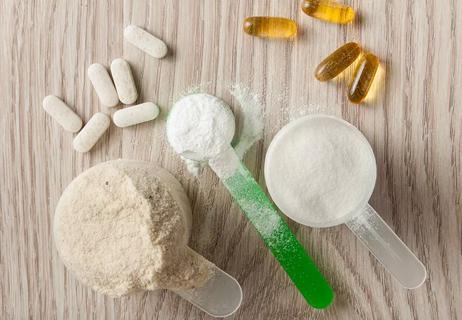
These caffeine-packed supplements can give your workouts a boost
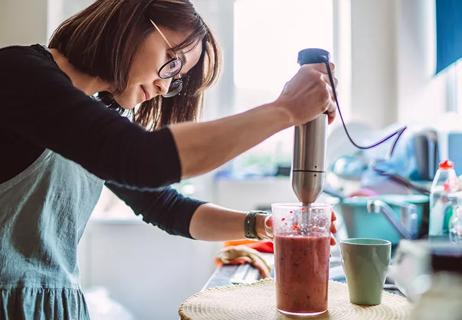
You don’t need coffee or caffeine to get by
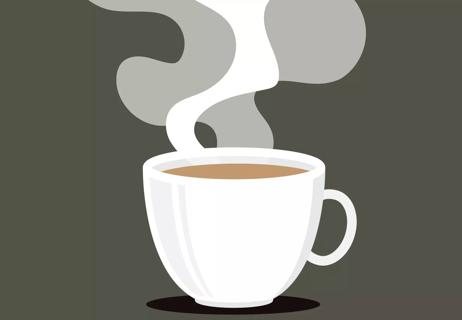
Mix up your regular cup, with these low-acid options

Your metabolism may torch 1,300 to 2,000 calories daily with no activity

A gentle touch in all the right places may help drain your sinuses